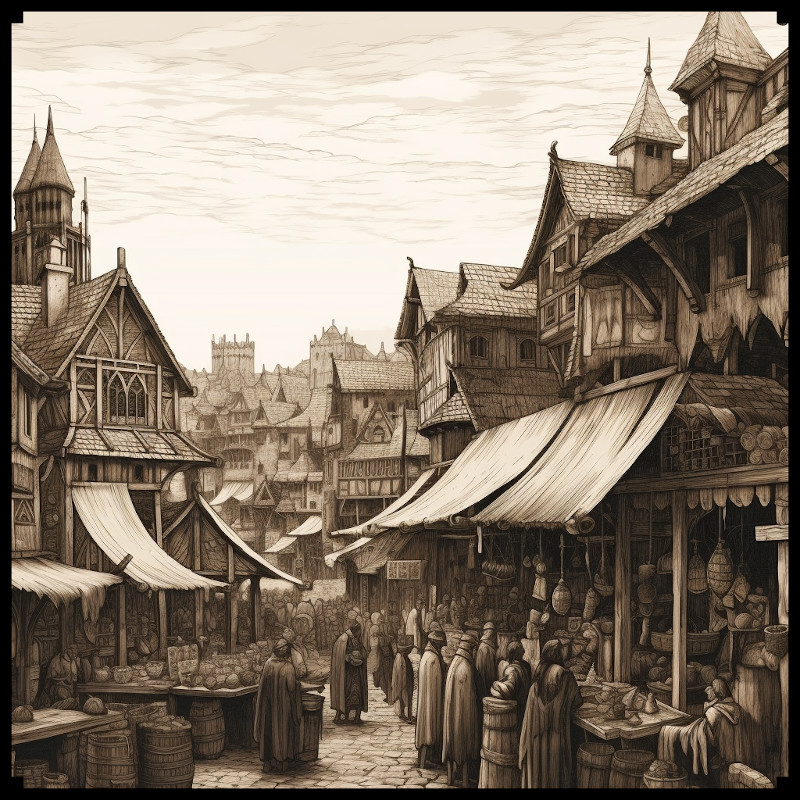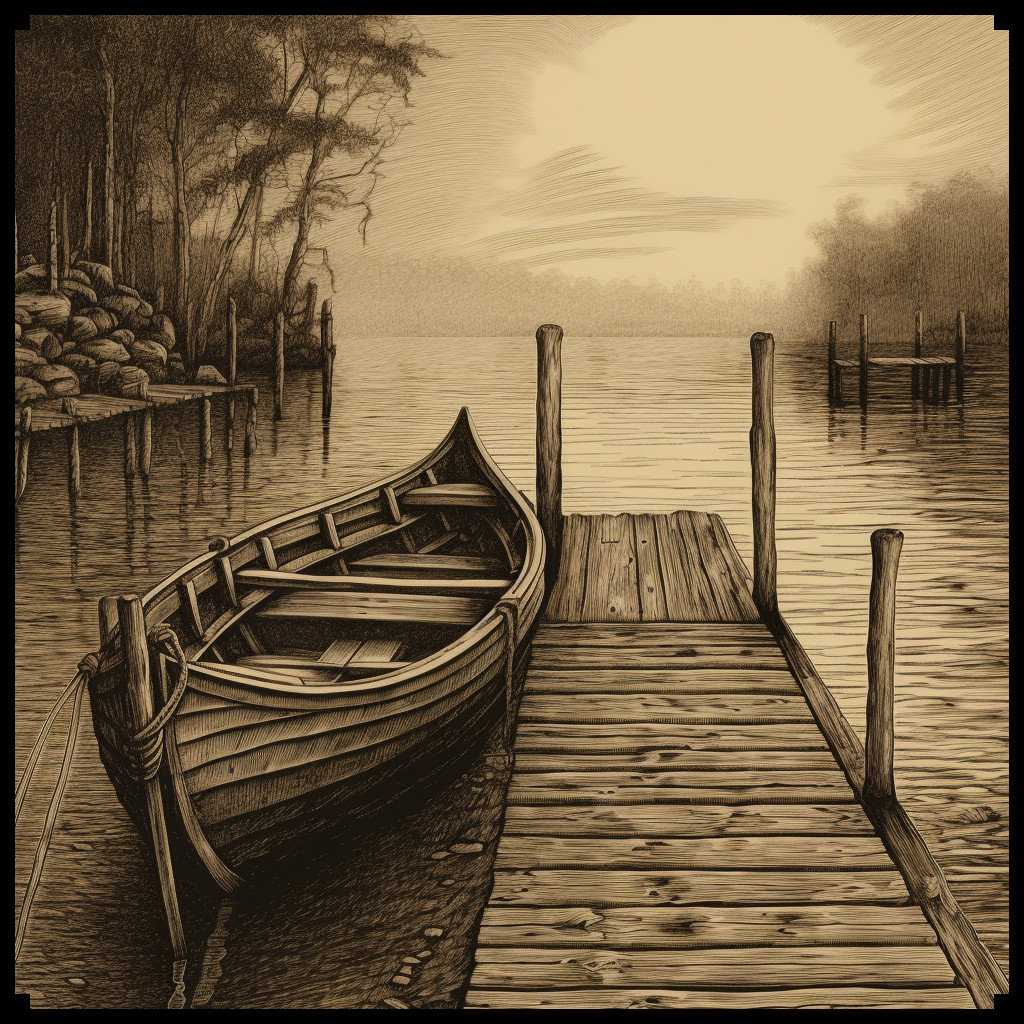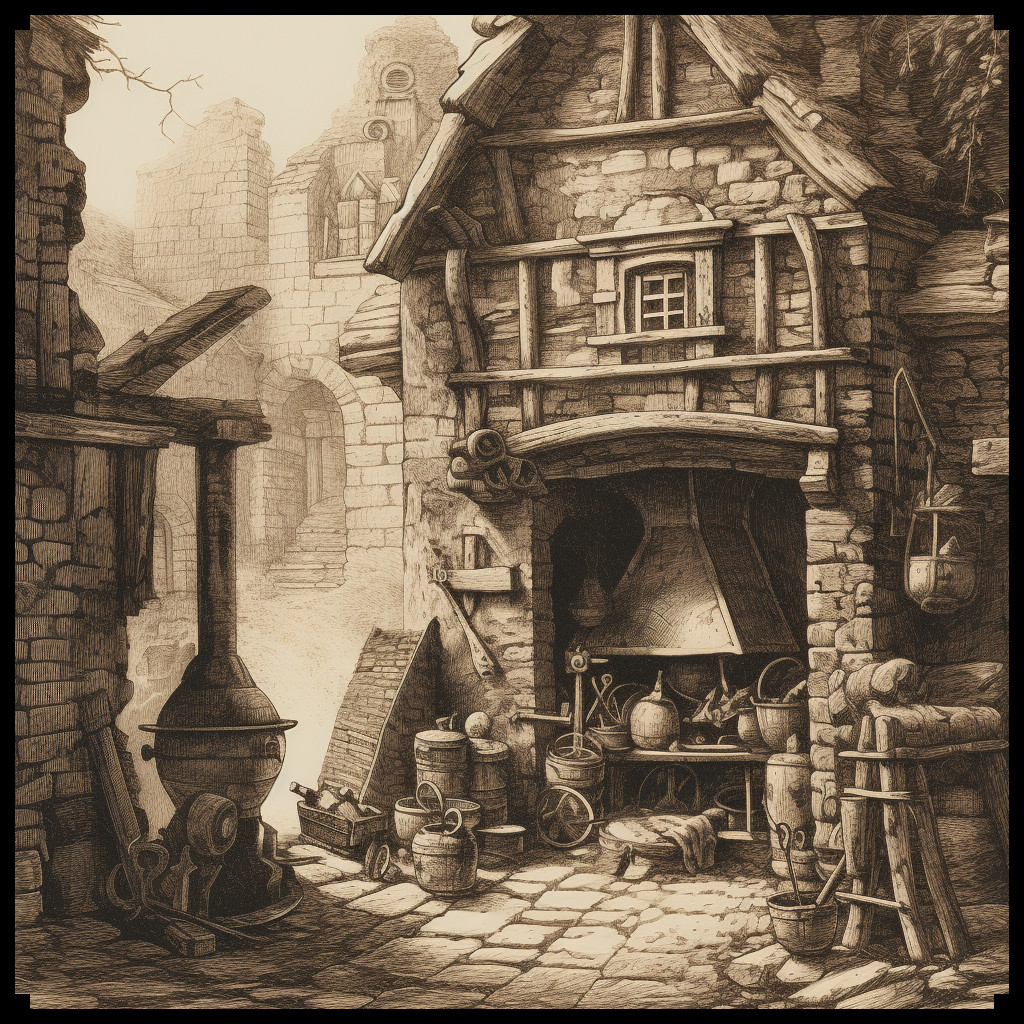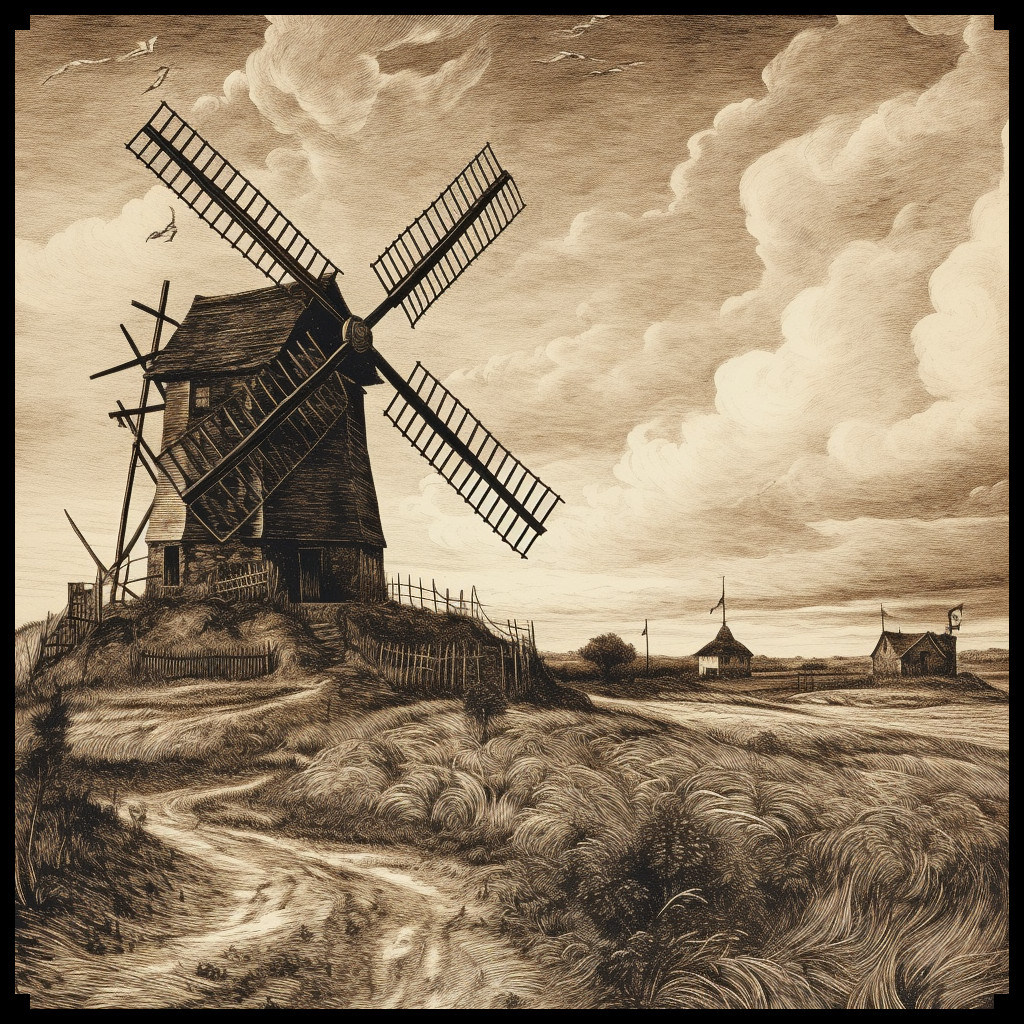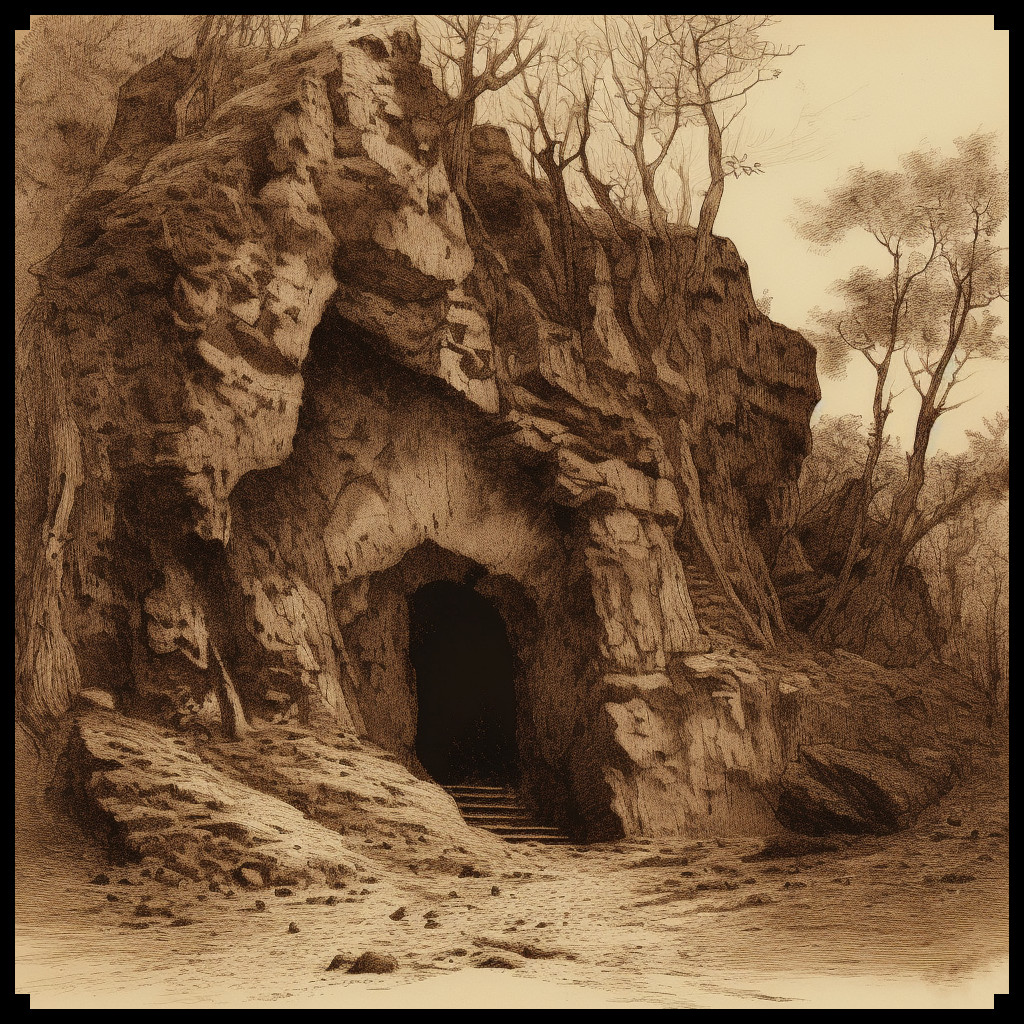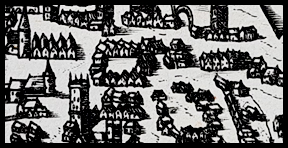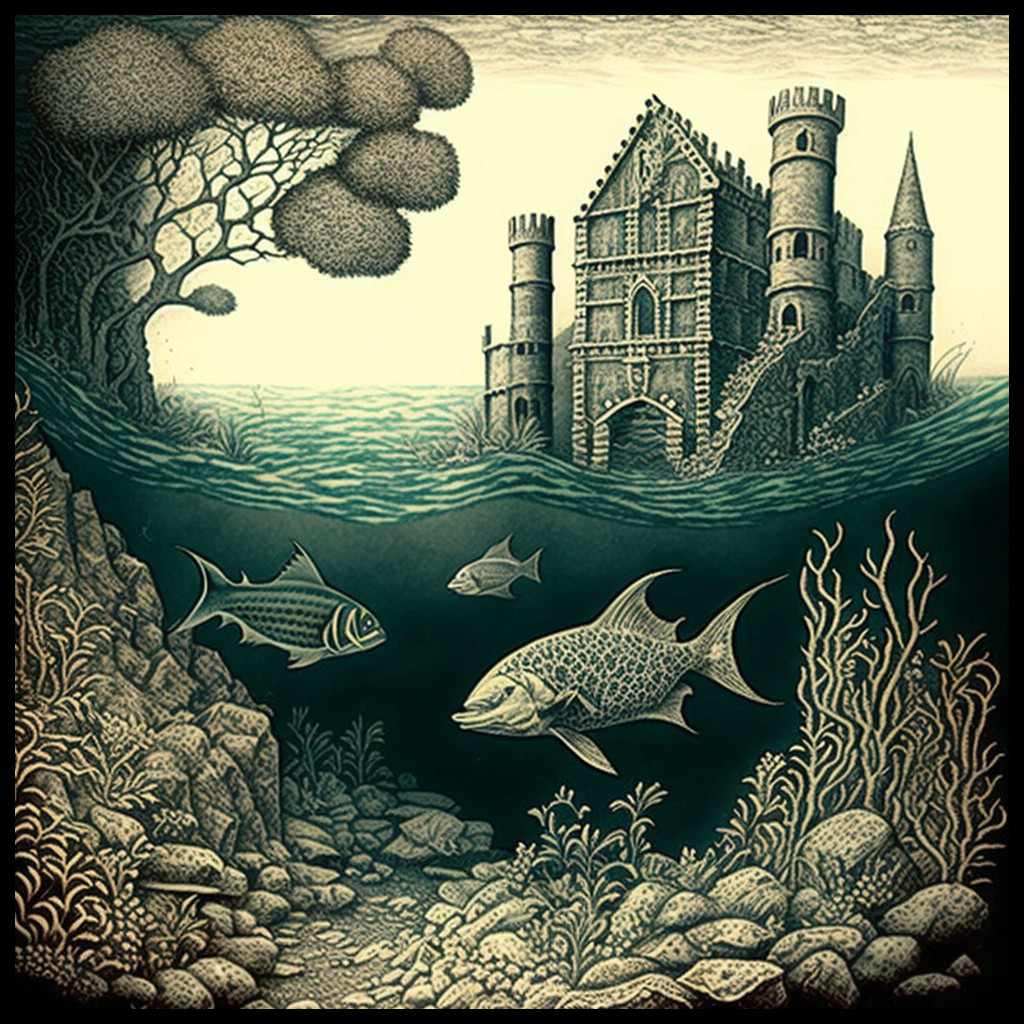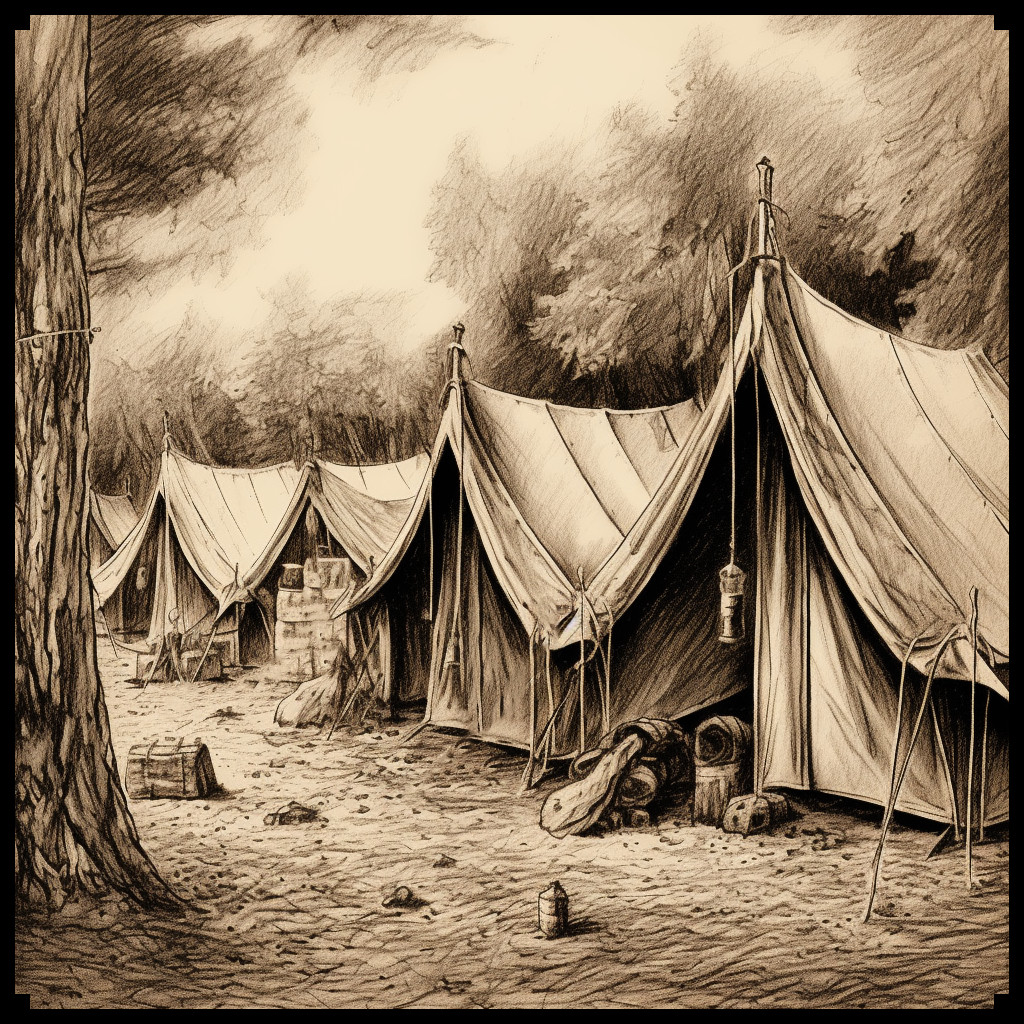
Ancient cartographers possessed a unique way of representing various aspects of their world, including tents, camps, and outposts. These representations served multiple purposes, ranging from indicating military presence to highlighting nomadic lifestyles. In the ancient world, tents were not just structures; they were symbols of power, exploration, and the diverse cultures that occupied the vast landscapes.
One cannot forget the allure of Roman military camps, which were skillfully depicted in ancient maps. These camps, meticulously laid out in a standardized fashion, showcased the might and organization of the Roman Empire. From Caesar’s conquests to the Byzantine campaigns, ancient maps often depicted these military encampments, providing crucial information to strategists and historians alike.
When it comes to fantasy maps, tents, camps, and outposts play a vital role in establishing the narrative, setting the stage for grand adventures, and captivating the imagination of readers and players. Fantasy worlds are often vast and unexplored, and the presence of encampments and outposts adds a touch of realism to these imaginative realms.
BUY AND DOWNLOAD THE Fantasy Medieval Camps, Tents and Outposts – Vintage Assets Megapack NOW :
Fantasy authors and game designers have been known to meticulously craft their maps, including various types of encampments. From the humble tents of roving adventurers to the sprawling war camps of fantastical armies, each tent tells a unique story. These representations not only provide visual appeal but also serve as essential markers for quests, gathering points, and potential conflicts.
Now, let’s turn our attention to the Fantasy Medieval Camps, Tents and Outposts – Vintage Assets Megapack. This extraordinary collection takes inspiration from the ancient cartographic style, infusing fantasy elements with historical aesthetics. It offers a treasure trove of assets that can breathe life into any fantasy map, whether it be for tabletop role-playing games or immersive storytelling.
Within this pack, you will find a diverse range of assets, including medieval military tents that evoke the aura of ancient battles. The inclusion of varied tents ensures that different cultures and factions can be authentically represented. Additionally, the barbarian-style straw huts offer a glimpse into the nomadic lifestyles of fantastical tribes, adding depth and diversity to your maps.
But that’s not all! The pack also includes bonfires, flags for adorning tents and structures, watchtowers to survey the landscape, and a plethora of other assets. These additions enable map creators to craft unique and engaging environments, with each asset acting as a gateway to new adventures.

